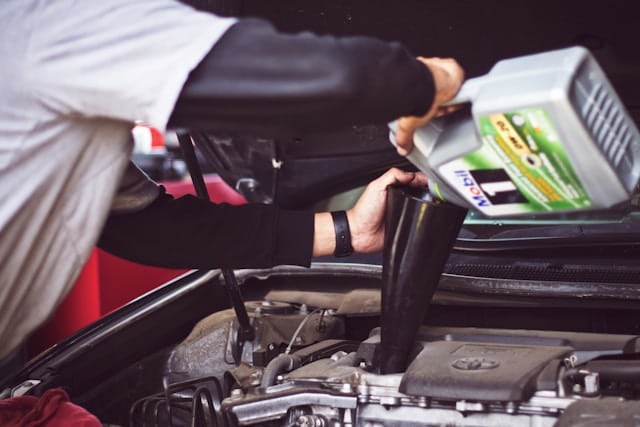The Comprehensive Guide to Auto Body Repair Materials
 Auto body repair is an art that requires precision, skill, and the right materials. Whether you’re dealing with minor dings or significant collision damage, understanding the materials used in the repair process is crucial for achieving a flawless finish. This comprehensive guide delves into the various materials involved in auto body repair, offering insights into their applications and benefits.
Auto body repair is an art that requires precision, skill, and the right materials. Whether you’re dealing with minor dings or significant collision damage, understanding the materials used in the repair process is crucial for achieving a flawless finish. This comprehensive guide delves into the various materials involved in auto body repair, offering insights into their applications and benefits.
Types of Auto Body Repair Materials
Fillers
Fillers are essential for repairing dents, scratches, and holes in a vehicle’s body. They restore the surface to its original shape before painting. There are several types, including metal filler for strength and lightweight filler for minor repairs. Selecting the appropriate filler is crucial for durability and aesthetics.
Primers
Primers serve as the foundation for the paint job. They ensure paint adhesion, protect against corrosion, and help achieve a smooth, uniform surface. High-build primers are particularly effective for filling minor imperfections, while epoxy primers offer excellent corrosion resistance.
Paints
The choice of paint is vital for the final appearance of the vehicle. Automotive paints come in various formulations, including water-based for eco-friendliness and solvent-based for durability. The selection depends on the desired finish, environmental considerations, and compliance with local regulations.
Clear Coats
Clear coats provide a protective layer over the paint, enhancing the vehicle’s shine and resistance to UV rays, scratches, and chemicals. They are available in various gloss levels, allowing for customization of the final appearance.
Specialized Repair Materials
Adhesives and Sealants
Adhesives and sealants are used for bonding components and sealing joints, offering an alternative to welding in some cases. They must withstand temperature fluctuations and vibrations while providing a waterproof seal.
Rust Inhibitors
Rust is a common issue in auto body repair. Rust inhibitors are applied to clean metal surfaces to prevent oxidation, extending the lifespan of the repair and maintaining the structural integrity of the vehicle.
Sound Dampening Materials
Sound dampening materials reduce noise and vibrations, improving the comfort of the vehicle’s interior. They are often applied in areas prone to noise, such as the wheel wells and undercarriage.
Choosing the Right Materials
Quality Over Cost
Investing in high-quality repair materials can significantly impact the durability and appearance of the repair. While cheaper options may offer short-term savings, they often lead to additional repairs and decreased vehicle value in the long run.
Compatibility
Ensuring material compatibility is crucial for preventing reactions that could compromise the repair. This includes matching paint types and using primers and fillers compatible with the vehicle’s existing materials.
Conclusion
Auto body repair materials play a pivotal role in the restoration of vehicles. From fillers and primers to paints and clear coats, selecting the right materials is essential for achieving a professional finish that stands the test of time. By understanding the properties and applications of these materials, auto body repair professionals can ensure repairs are not only visually appealing but also durable and safe.
